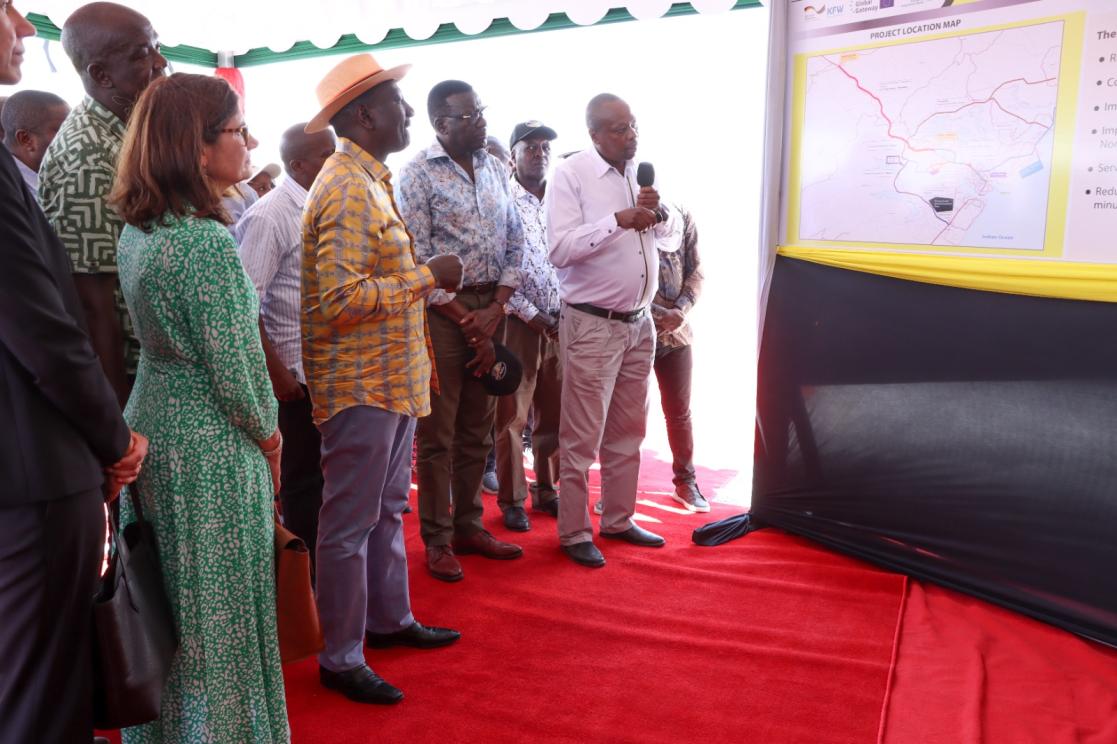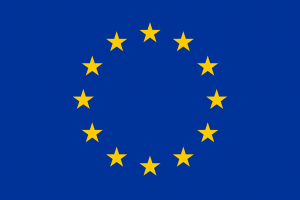Global Gateway: Kenya Upgrades East Africa’s busiest trade and transport route from Kwa Jomvu to Mariakani

The European Union (EU), the European Investment Bank (EIB Global) and the German Development Bank (KfW) on behalf of the Federal Ministry for Economic Cooperation and Development (BMZ) launched together with President William Ruto the works for upgrading of the road section from Kwa-Jomvu to Mariakani, in the Southeast of Kenya. The works involve converting the predominantly two-lane road to a four and six lane dual carriageway.
Within the Mombasa - Mariakani area, the road forms the main axis to Nairobi, and is part of the Northern Corridor, which links the port of Mombasa with the landlocked Eastern and Central African countries of Uganda, Rwanda, Burundi, South Sudan and Democratic Republic of Congo (DRC).

European Union, 2025
The road rehabilitation and upgrade are part of the Global Gateway EU – Africa Strategy. In a Team Europe approach, EIB Global and KFW are supporting the project with concessional loans of up to €100 million (Ksh 13.6 billion), while EU is providing a grant of €20 million (Ksh 2.7 billion). The Kenyan Government is contributing with approximately €20 million (Kshs 2.7 billion).
Upon completion, the upgraded road will benefit an average of 20,000 vehicles per day travelling through Mariakani. Moreover, the enhancement of the road will contribute to reducing emissions and the number of road accidents.
Speaking during the launch ceremony in Mariakani, President William Ruto said, “I would like to thank our Team Europe partners for their support in developing as well as expanding this road infrastructure which will ease movement of goods to and from the port, thus increasing efficiency.”
The EU Commissioner for International Partnerships Jozef Síkela said: “This Global Gateway project is a great example of quality infrastructure made possible by the cooperation between the Kenyan government and the European Union. Together, we're not just building infrastructure together; we're accelerating Kenya's economic development and supporting trade cooperation in the East African Community more broadly."
European Investment Bank Vice President, Thomas Östros said: “Sustainable transport is key to growth and inclusion as it connects people and enables trade. Projects such as this one brings together important aspects of sustainability and safety, as well as accessibility, resilience, and efficiency. Road transport plays an important role in the Kenyan economy, affecting all sectors – and society as a whole. At the EIB, we are glad to support the national government in realizing its development agenda, which is in line with the EU-Kenya partnership strategy and the Global Gateway initiative.”

European Union, 2025
The Director of the German Development Bank (KfW) in Nairobi, Kristina Laarmann highlighted: “We all know that the Mombasa port serves as a major gateway for East Africa by connecting Kenya to significant trade routes in East and Central Africa. This is why this project is so important. It will not only create jobs during the construction phase. It will also stimulate job opportunities and local businesses after completion. By widening the carriageways, traffic jams and the average time to pass the road section will be reduced. Ultimately, this shall also lead to a reduction in transport costs and savings in vehicle operating costs.”
The Kwa Jomvu – Mariakani project is part of the wider upgrading of the Northern Corridor, which is East Africa’s busiest trade and transport route. This is part of the EU Global Gateway transport investment that also includes the ongoing Mombasa – Kilifi Road and Kitale – Morpus road, while the upgrading of Isebania-Kisii-Ahero highway and associated feeder roads have been completed.
The road project feeds into the European Union’s wider support for the creation of twelve strategic transport corridors across Africa under the €150 billion Global Gateway EU-Africa Investment package to boost trade.
